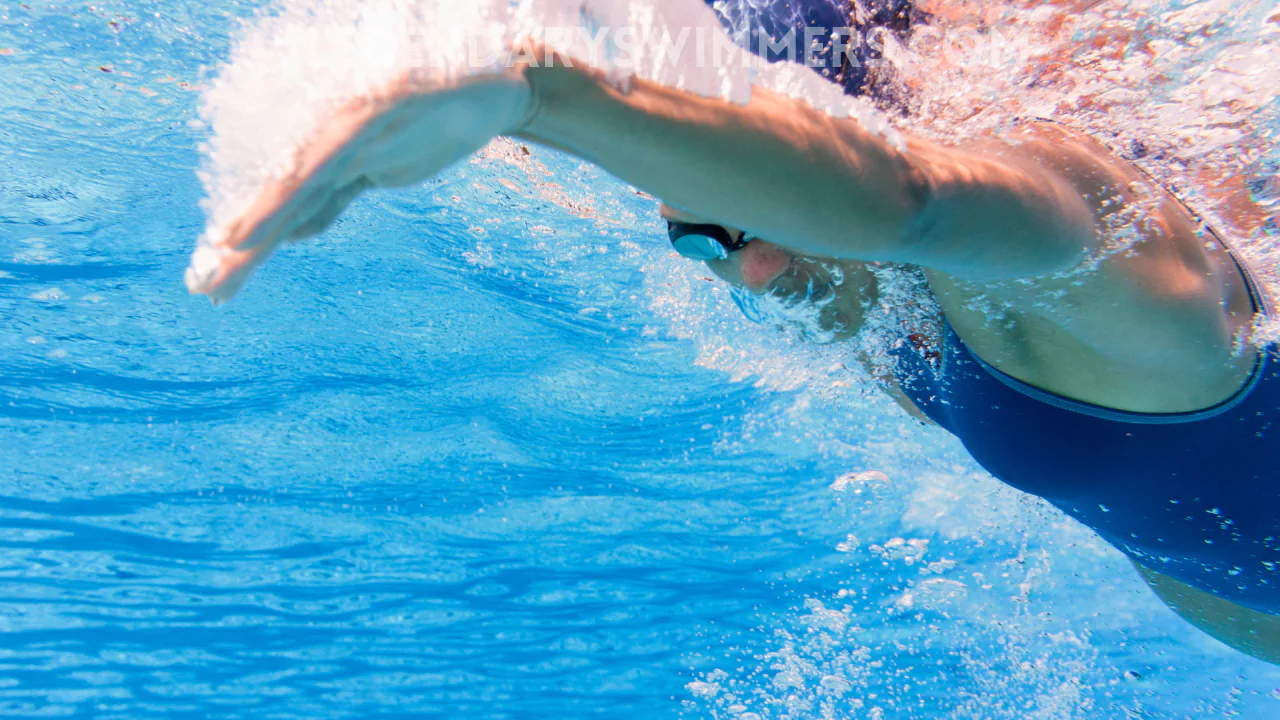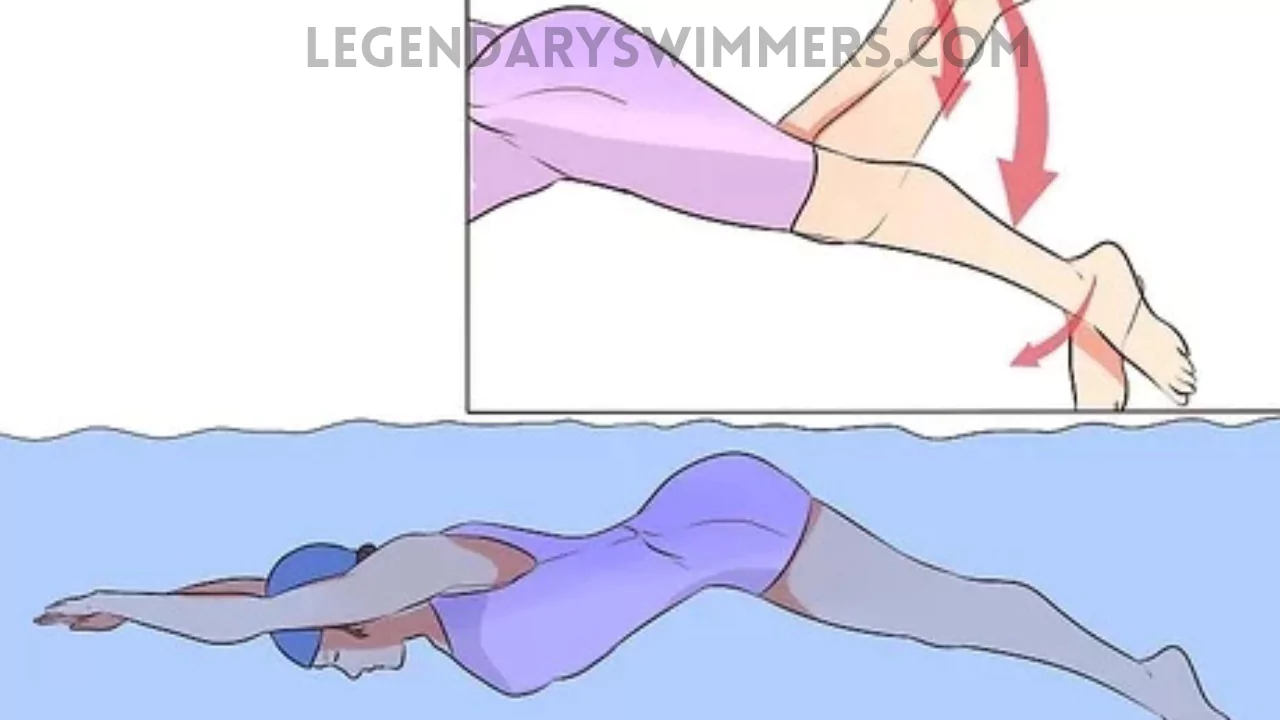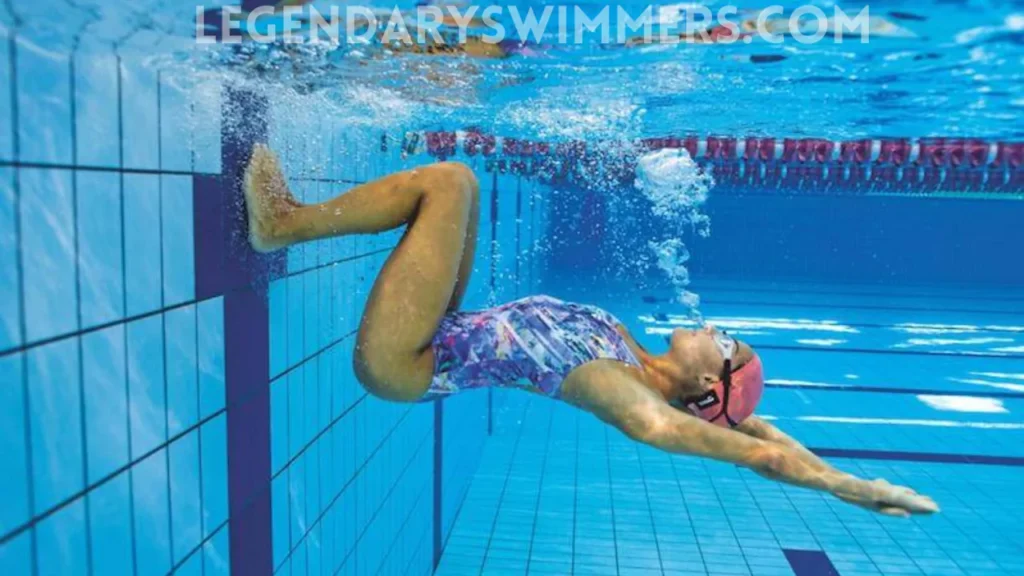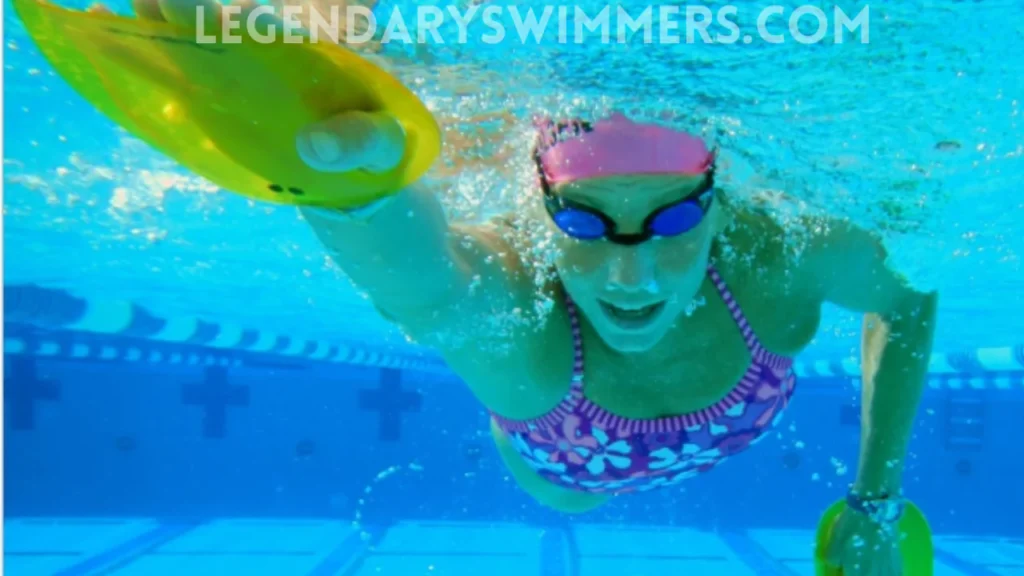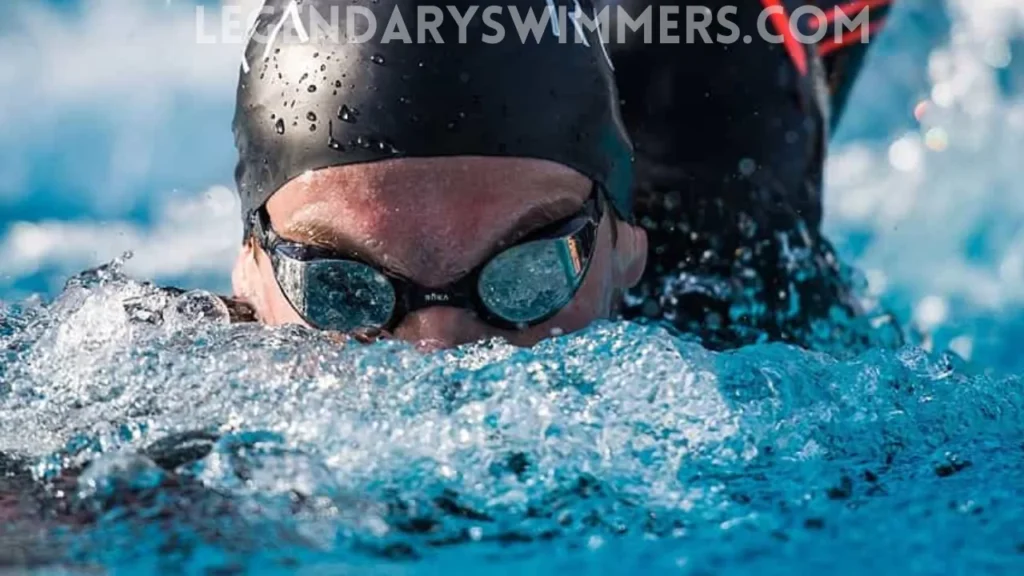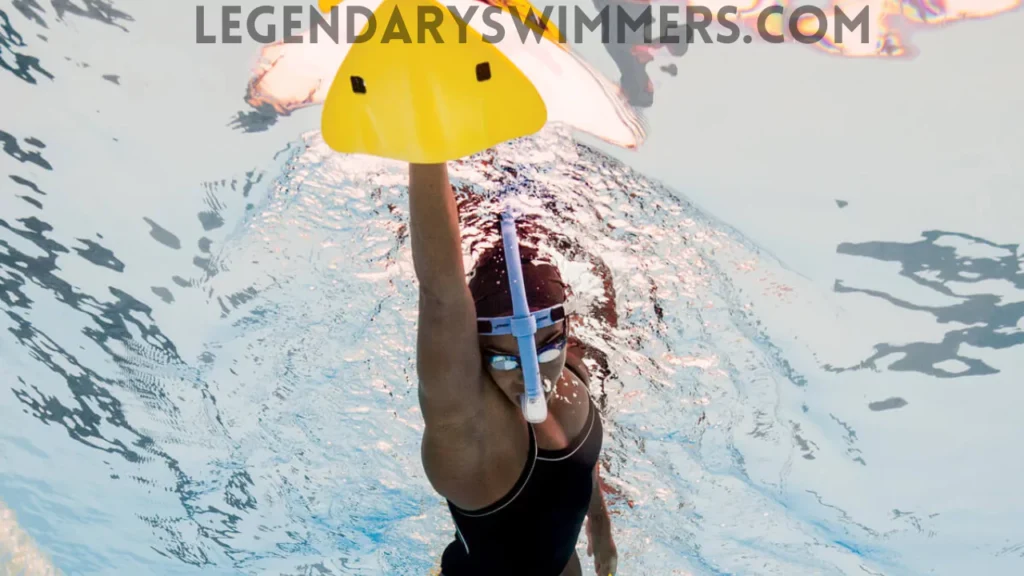Lower back pain is a common issue that affects millions of people worldwide. Whether caused by poor posture, injury, or chronic conditions, back pain can make everyday activities challenging. Fortunately, swimming, a low-impact and gentle exercise, offers a solution. In this article, we’ll explore how swimming can help alleviate lower back pain, the best strokes and exercises to focus on, and how to safely incorporate swimming into your routine.
Why Swimming is a Low-Impact Exercise for Back Pain Relief
Swimming stands out as one of the best exercises for back pain relief because it takes place in water, creating a supportive environment for your body. Water offers buoyancy, reducing the pressure on your joints and spine. This makes swimming an ideal activity for individuals suffering from lower back pain, as it minimizes the strain that weight-bearing exercises can impose on the back.
Swimming also helps improve flexibility, build core strength, and alleviate tension in the back muscles. It’s not just for athletes—anyone can benefit from swimming, and it’s easy to modify for all fitness levels.
How Water Reduces Pressure on Joints and the Spine
The buoyancy of water supports up to 90% of your body weight, reducing the impact on your spine and joints. This allows people with lower back pain to perform exercises that might otherwise cause discomfort or further injury. The supportive environment of water makes swimming an excellent option for back pain relief while staying active.
Strengthening Core Muscles: The Key to Back Pain Relief
Your core muscles, including the abdominals and back muscles, are crucial for supporting your spine. Weak core muscles can lead to poor posture and added stress on your lower back. Swimming engages your core with every stroke, helping to strengthen these muscles over time. A stronger core translates to better spinal support and reduced back pain.
Best Swimming Strokes for Lower Back Pain Relief
Some swimming strokes are more effective for relieving lower back pain than others. Let’s dive into the most beneficial strokes and how they can help alleviate discomfort.
1. Backstroke
The backstroke is widely regarded as the best stroke for individuals suffering from lower back pain. It allows your body to float on your back, relieving tension from the spine while still engaging core muscles. The backstroke helps strengthen the muscles along the entire back, providing pain relief.
Step-by-Step Guide to Performing Backstroke Correctly:
- Float on your back with arms extended.
- Alternate your arms in a windmill-like motion while keeping your legs straight.
- Use gentle flutter kicks to propel yourself forward.
- Keep your head in a neutral position to avoid neck strain.
2. Freestyle (Front Crawl)
The freestyle stroke is another effective stroke for lower back pain relief, but it requires proper technique to avoid unnecessary strain. The freestyle is known for its smooth and continuous movement, which can help keep the body aligned and minimize stress on the spine. Focus on engaging your core muscles throughout the stroke to support your lower back and maintain a straight body line.
Key Tips for Freestyle Stroke for Lower Back Pain Relief:
- Maintain a neutral spine: Keep your body flat and aligned in the water to avoid arching your lower back. A slight rotation of the hips and shoulders is fine, but the spine should remain neutral.
- Engage the core: Proper core engagement is crucial. Strong core muscles help support your spine and prevent lower back strain while swimming.
- Avoid overreaching: Don’t overextend your arms as this could pull your body out of alignment and cause unnecessary twisting, leading to strain on the back.
- Breathe properly: Ensure you are breathing efficiently by turning your head to the side without lifting it too high. This helps maintain balance and keeps the strain off your lower back.
- Keep your kicks controlled: Gentle flutter kicks from the hips, rather than the knees, help minimize strain on the lower back while propelling you forward.
3. Breaststroke
The breaststroke can be beneficial for relieving lower back pain, but it must be performed with care. This stroke primarily engages the muscles in the chest, back, and legs, which can help support the spine and promote better posture. However, the technique is essential to prevent aggravating lower back pain. The frog-like leg kick in breaststroke should be executed smoothly to avoid putting stress on the lower back.
Tips for Safely Performing Breaststroke with Lower Back Pain:
- Keep the back straight: Avoid arching your lower back when lifting your head to breathe or when performing the frog kick. This will reduce strain on the spine.
- Focus on gentle movements: Perform smooth, controlled kicks and strokes, paying attention to your body’s alignment. Avoid jerky or forceful movements that could put additional strain on the back.
- Proper leg positioning: Ensure your legs stay aligned with your body, kicking in a circular motion from the hips without splaying your knees too far apart. This will help keep the lower back in a neutral position.
- Breathing rhythm: Take slow, steady breaths to maintain a relaxed posture, reducing the risk of tensing up and worsening back pain.
4. Avoid Butterfly Stroke
The butterfly stroke is not recommended for individuals with lower back pain due to its demanding nature. This stroke involves powerful undulating movements that require a significant amount of spinal flexion and extension. The intense, wave-like motion of the body can place a lot of stress on the lower back, particularly if performed incorrectly. Even though the butterfly stroke can build upper body strength, it is too strenuous for those with existing lower back issues.
Why the Butterfly Stroke Can Worsen Lower Back Pain:
- Excessive spinal movement: The undulating, dolphin-like motion required in the butterfly stroke puts a lot of stress on the spine, especially in the lower back region.
- Intense muscle contraction: The stroke involves strong, forceful contractions of the core and back muscles, which may exacerbate existing pain.
- Increased risk of improper form: The butterfly stroke is one of the most technically challenging strokes, and improper form—such as arching the back too much—can significantly worsen pain and strain the lower back.
How Swimming Helps with Different Types of Lower Back Pain
Swimming is an adaptable exercise that can benefit various types of lower back pain. Knowing how to adjust your swimming routine based on your type of back pain is key to finding relief.
Chronic Lower Back Pain
For those suffering from chronic lower back pain, swimming can serve as a long-term solution. According to a study published by the National Library of Medicine, aquatic exercises, including swimming, significantly reduce chronic lower back pain, with participants showing improvements in pain and mobility. Source.
Expert Insight: Dr Nick Shamie, an orthopaedic spine surgeon at UCLA, highlights that swimming is effective for chronic back pain because it combines cardiovascular activity with core strengthening without the stress that land-based exercises place on the spine. Source.
Acute Injuries
Swimming can still be beneficial for individuals with acute injuries, such as sprains or strains. A 2018 study published in the European Journal of Physical and Rehabilitation Medicine found that aquatic therapy speeds up the rehabilitation of acute injuries by reducing inflammation and improving the range of motion.
Posture-Related Pain
Swimming is also highly beneficial for correcting posture-related lower back pain. The buoyancy of water helps elongate the spine, decompressing the vertebrae and improving posture. Dr. Andrew Hecht, Chief of Spine Surgery at Mount Sinai, recommends swimming for posture correction, as it activates muscles that support the shoulders, neck, and lower back.
Aquatic Exercises for Lower Back Pain Relief
In addition to regular swimming strokes, specific exercises can target lower back pain relief.
1. Kickboard Kicking
Kickboard kicking isolates and strengthens the muscles supporting the lower back. Hold the kickboard with your arms extended and kick your legs in a flutter motion. This exercise builds endurance and strengthens your core.
Expert Tip: Dr. Thomas F. Obermiller, a physical therapist specializing in aquatic therapy, suggests starting with short sessions of 5-10 minutes and gradually increasing as your muscles adapt. Source.
2. Flutter Kicks
Flutter kicks engage the core muscles, including the abdominals and lower back. According to Dr Benjamin Domb, an orthopaedic surgeon, flutter kicks in water are ideal for building core strength with minimal impact on the spine.
3. Water Walking
Water walking is one of the gentlest exercises for lower back pain relief. It strengthens the muscles around your lower back and improves posture. Dr. Sara Herring, a physical therapist, emphasizes that water walking encourages better posture, which is crucial for long-term back pain relief. Source.
4. Pool Planks
Pool planks engage the deep core muscles responsible for stabilizing the spine, providing pain relief and improving spinal health. Lean against the pool’s side, extend your body out straight, and engage your core.
Expert Advice: Physical therapist Dr Chris Wolf explains that pool planks are an effective, low-impact way to build core strength, crucial for reducing lower back pain. Source.
Swimming Precautions for Women with Lower Back Pain
For women dealing with lower back pain, swimming offers many benefits, but it’s important to follow specific precautions to avoid exacerbating pain.
1. Consult a Physician
Before beginning any new exercise routine, consult a healthcare professional, especially if you have a history of back pain or injuries. Dr Christine Greves, a board-certified OB-GYN, advises women with back pain to seek a customized exercise plan based on their health status.
2. Warm-Up Exercises
Warming up is essential to reduce stiffness and minimize injury risk. Research from the American Physical Therapy Association shows that a proper warm-up can decrease injury risk in female athletes by up to 50%.
Conclusion
Swimming is a fantastic exercise for relieving lower back pain. It strengthens core muscles, improves flexibility, and offers a low-impact way to stay active. Whether you’re dealing with chronic pain, acute injuries, or posture-related discomfort, swimming can provide relief while enhancing your overall health. Always consult your doctor before starting any new exercise routine, and make sure to follow proper techniques to avoid exacerbating your pain.
FAQs:
1. Can swimming make lower back pain worse?
Swimming is generally safe for lower back pain, but improper technique or choosing the wrong strokes, such as the butterfly stroke, can strain the lower back and make the pain worse. Stick to low-impact strokes like backstroke or freestyle, and consult a healthcare professional if you’re unsure.
2. What is the best swimming stroke for lower back pain?
The backstroke is widely considered the best stroke for individuals with lower back pain. It allows your body to float on your back, relieving tension from the spine while engaging core muscles for added support.
3. How often should I swim for lower back pain relief?
Swimming 2-3 times per week for 30-45 minutes can provide significant relief for lower back pain. It’s important to start slowly and gradually increase the frequency and intensity as your body adapts.
4. What swimming strokes should I avoid if I have back pain?
Avoid strokes that require excessive spinal movement, such as the butterfly stroke. Strokes that involve intense spinal extension can strain the back and exacerbate pain.
5. Is swimming better than other exercises for lower back pain relief?
Swimming is often better than high-impact exercises like running or jumping because it’s low-impact and offers full-body engagement without putting pressure on the spine. It is especially effective for those with chronic or posture-related back pain.
6. Can swimming help with sciatica or a herniated disc?
Swimming is generally safe for people with conditions like sciatica or herniated discs, as it reduces pressure on the spine. However, it’s important to consult your doctor before starting any exercise routine. Gentle strokes like the backstroke are recommended.
7. How does swimming help with posture-related back pain?
Swimming improves posture by strengthening the muscles that support the spine. It helps elongate the spine and decompresses vertebrae, which can correct imbalances caused by poor posture.
8. Can I swim if I have an acute back injury?
Swimming can help in the rehabilitation of acute back injuries, but it’s important to start with gentle exercises like water walking or kickboard kicking. Avoid strenuous strokes until the injury has healed. Always consult with a healthcare provider before starting.
9. Is swimming safe during pregnancy if I have lower back pain?
Swimming is an excellent exercise for pregnant women with lower back pain due to its low-impact nature. However, it’s important to consult your doctor before starting any new exercise routine during pregnancy.
10. How can swimming help strengthen my core to relieve back pain?
Swimming engages your core muscles, which support your spine and improve posture. Stronger core muscles reduce the strain on your lower back, helping to alleviate pain over time. Incorporating swimming into your routine can gradually strengthen these muscles.
References:
- European Journal of Physical and Rehabilitation Medicine
- Dr Christine Greves
- American Physical Therapy Association
Our Recommended Products




